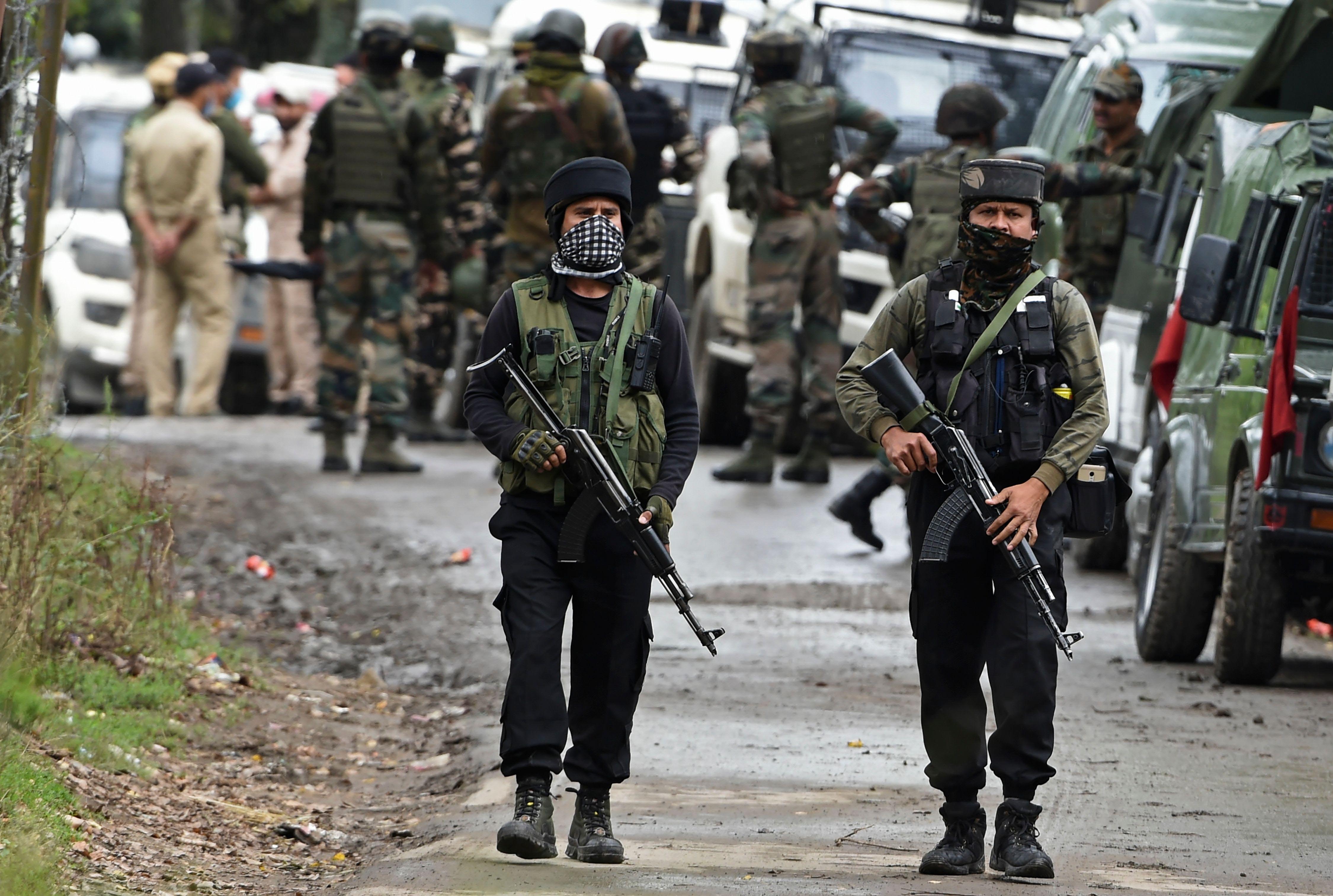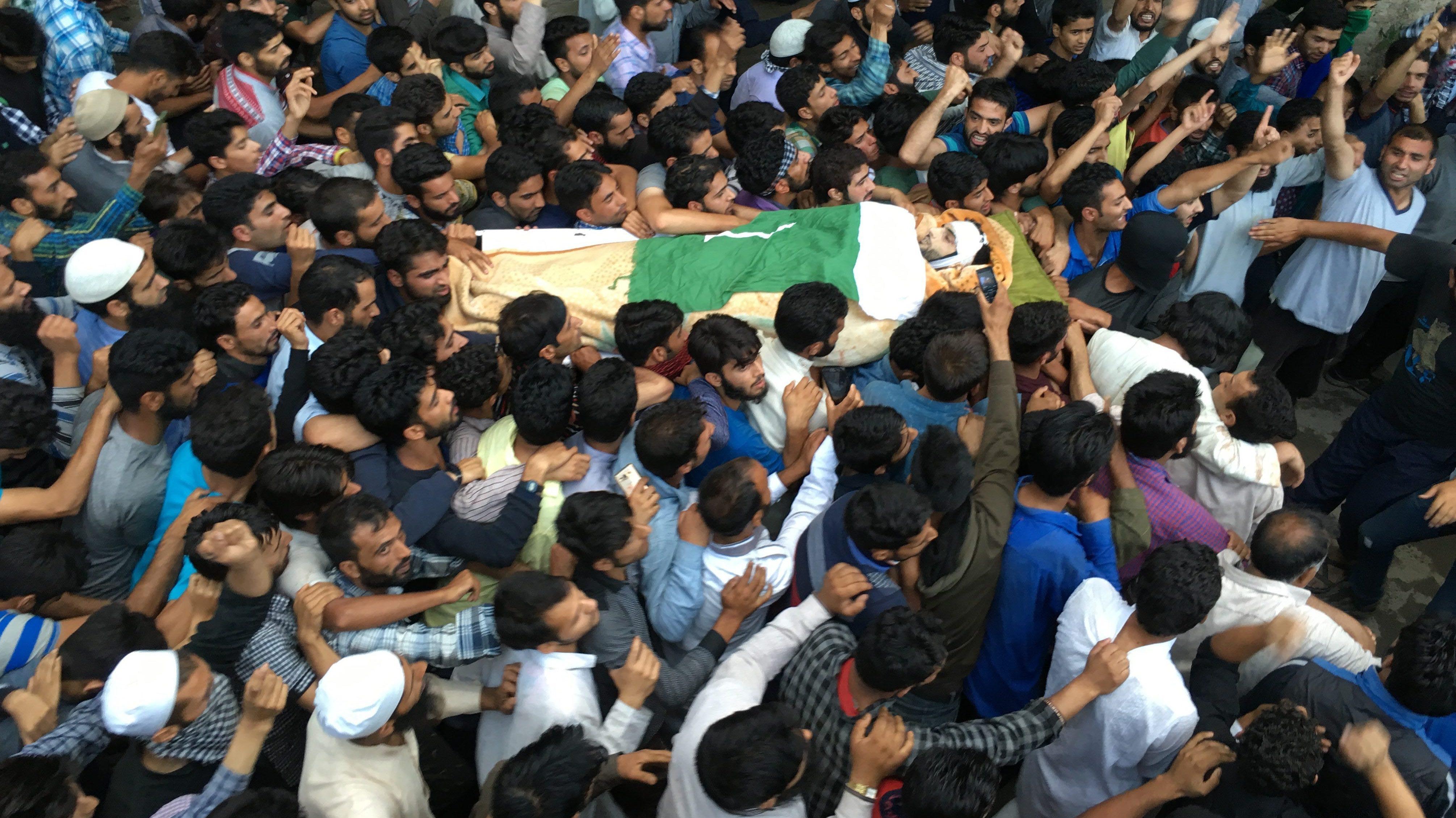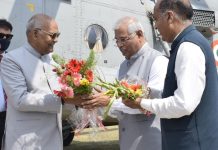
According to police, there are now around 150 active militants in Kashmir, the lowest militant count in the last 7 years. This has stoked the possibility of militancy disappearing from the valley in a few months. But it is premature to make such predictions, writes Riyaz Wani
On January 7, three militants of Jaish-e-Muhammad were killed while an Army officer received minor splinter injury in an overnight gunfight at Zolwa area of Chadoora in Budgam district. Among them was Waseem Ahmad, one of the two remaining militants in Srinagar city, according to Inspector General of Police Vijay Kumar.
Also, the encounter took the number of militants killed in the first week of January to eleven. Last year a total of 171 militants were killed, out of whom 19 were Pakistanis and 152 local. In addition, 44 security personnel and 34 civilians also lost their lives.
According to a police estimate, there are now around 150 active militants in Kashmir, the lowest such number in the last seven years. This has, for once, created a distinct possibility that the militancy could very well disappear from the Valley in the next few months or over the course of this year if there is no replenishment of the ranks in the form of local recruitment or influx from across the border.
The current phase of militancy owes its rise to the advent of Burhan Wani, the slain Hizbul Mujahideen commander, in 2014. Wani did this largely by glamorizing the militancy through deft use of social media: he posted his pictures and videos posing in military fatigues against a scenic backdrop with a Kalashnikov casually slung over his shoulder.
Soon scores of youth joined him taking the number of the militants to around 300 from about 150, a number that had remained more or less constant for the preceding decade. Wani’s killing in July 2016 and the subsequent six-month-long unrest that killed over a hundred people and blinded several hundred only further pushed youth to take up arms.
Seven years down the line, the phase seems to have run its course. According to IG Police, Srinagar is now almost free of militancy. However, this development is not of much consequence as the post-Burhan phase has largely been concentrated in South Kashmir. At the same time, around 150 militants is far too less a number to withstand the all-out assault by the security agencies if there is no fresh recruitment.
An almost militancy-free Srinagar has, however, a far-reaching literal and symbolic significance. It is an important event in itself and also signals a prospect of the end of militancy in Kashmir. More so, at a time when the armed forces have also killed a majority of militants at Shopian, Pulwama and Kulgam, the places in South Kashmir that have emerged as new militant strongholds in recent years. Given this state of affairs, it might seem the militancy in the region is staring at its potential demise.
But the reality is not as simple. If the past is any guide, the militancy in Kashmir has often risen from the ashes. One was in 1993 when the government aided pro-government militia group Ikhwanul Muslimoon nearly eliminated separatist militancy from large swathes of the Valley. And second time in 2012-13 when the number of militants had reduced to a little over a hundred militants and two-third of them had been killed. But on both occasions, militancy not only survived but later also thrived.
Muslimoon itself was wiped out by 1996 by Pakistani militants who came to the aid of the depleted militancy at the time. And from thereon, as the data reveals, the militancy rose from strength to strength until 2002. And thereafter started progressively declining until 2013, in part aided by the 2003-07 peace process between the then Pakistan president Pervez Musharraf and the then Indian premier Manmohan Singh.
According to South Asia Terrorism Portal that has the data on militancy in Kashmir from 2000 onwards, 1708 militants were killed in 2000, 2345 in 2001, 1758 in 2002 and 1504 in 2003. From 2004 to 2013 the number went down from 961 to 100 killings respectively. And from 2014 onward, the number rose steadily from 114 to 155. In 2018, the most violent year in a decade, 271 militants were killed.

As figures underline, the militancy in Kashmir had come tantalisingly close to extinction in 2013 when the total number of active militants was estimated to be a hundred or thereabouts. But it didn’t. This time around too, the epitaph of Kashmir’s militancy is being written. And by no less than the Valley’s police chief.
“This is the first time that the total number of terrorists has come down below 200 across Kashmir,” IGP Kumar said. “It is also the first time in history that the number of local terrorists is below 100 – at 85 or 86.”
In an interview earlier, Kumar had said that 70 percent of the militants who had taken up arms last year had been killed.
Similarly, the General Officer Commanding (GoC) of Srinagar-based 15 Corps Lt Gen D P Pandey, said the number of militants had come down to 180. “I think we have been able to breach that mark of 200 this year, the numbers have come down to 180, which is something very different,” Lt Gen Pandey said.
If the past is any guide, this is easier said than done. “Militancy will only end when recruitment and infiltration stops,” said a political analyst who didn’t want to identify himself. “Apart from that, Kashmir is a geo-political conflict. It shares the border with Pakistan that claims the region. After ongoing Ladakh stand-off, China too has assertively gotten its foot in the door. This doesn’t augur well for the situation in the Valley”.
But the last year’s situation gives the lie to such claims. Evolving geo-politics and even the US exit from Afghanistan have impacted Kashmir but little. Contrary to the apprehensions, the foreign presence in the Valley’s militancy has only increasingly diminished over the years. The Kashmir militancy is now mainly composed of the local youth who are untrained in armed combat and have fewer weapons to use. So, they have posed little challenge to the security forces beyond some occasional attacks on the policemen.
The militancy in the union territory apparently looks on a shaky wicket. But it is premature and also risky to make predictions about Kashmir. The situation in Kashmir remains far too complex to lend itself to linear analysis. A case in point can be the sudden heightened violence in Jammu in October last year, which worsened the security situation in Poonch and Rajouri. The militancy had all but ended in the twin districts since early 2000. But since the middle of 2021, the area witnessed a sharp resurgence in violence, led by the militants infiltrating from across the Line of Control. Fourteen soldiers, eight militants including one in custody, and a civilian were killed in the twin districts until October and then the peace mysteriously restored again. Kashmir could very well look forward to similar twists in the trajectory of militancy this year again.













